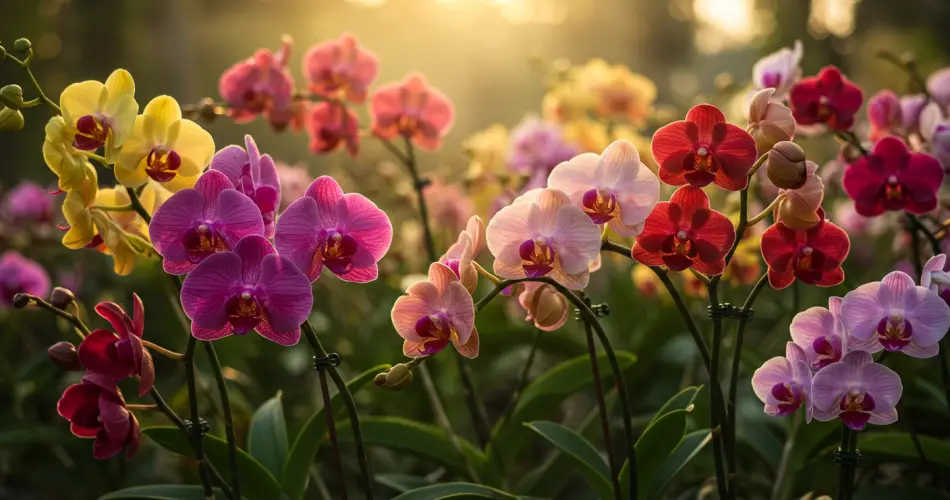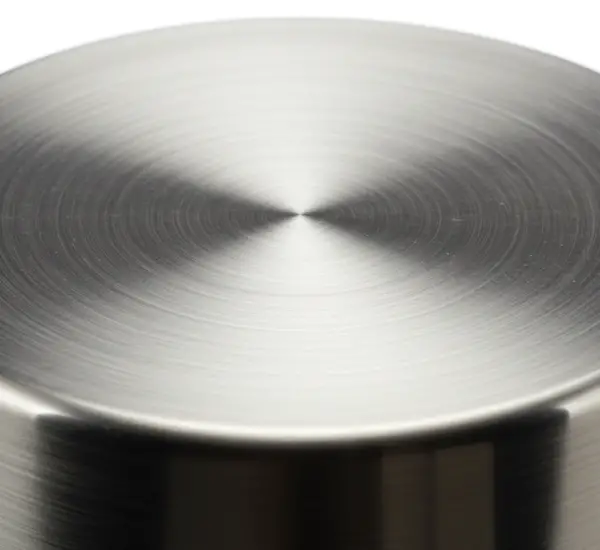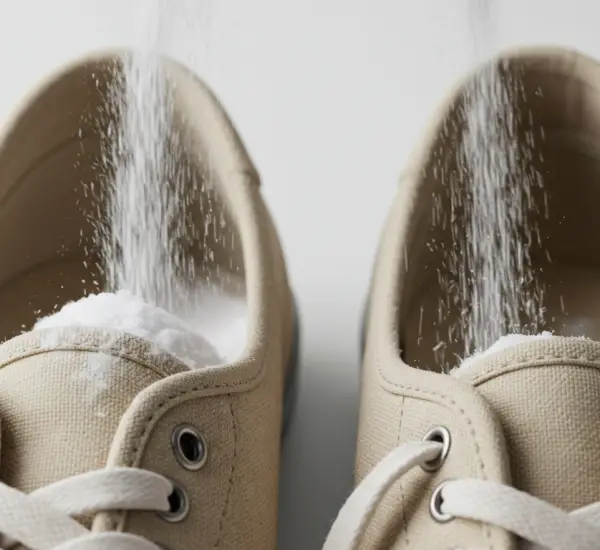The orchid is one of the most elegant and captivating plants you can bring into your home. With its delicate flowers and vibrant colors, it adds a touch of sophistication and beauty to any room. Almost everyone has received or purchased an orchid at some point, only to enjoy its stunning blooms for a while—then watch it wilt and wither away. For many, keeping an orchid alive and thriving feels like an impossible challenge.
But here’s the good news: with the right care, orchids can flourish not only for years but for decades. In fact, some orchids are capable of living for over a hundred years if properly maintained. The real secret? It all comes down to understanding their natural environment—and choosing the right pot.
Orchids: Exotic Beauty with Specific Needs
Unlike many common houseplants, orchids are not accustomed to living in soil. In the wild, they are native to tropical regions such as Central and South America and parts of Southeast Asia. There, orchids typically grow on the branches of trees rather than in the ground. They thrive in humid, warm conditions, where they receive plenty of indirect sunlight filtered through the canopy above.
This explains why caring for an orchid can be tricky: the environment in most homes is vastly different from the tropical conditions where orchids naturally thrive. Too much direct sunlight will scorch their leaves and petals, while too little light will prevent them from blooming altogether. Similarly, overwatering can quickly lead to root rot, while neglect leaves the plant dehydrated.
The challenge, therefore, is to recreate their native environment as closely as possible—indoors.
The Role of Light and Temperature
If you want your orchid to grow strong and healthy, paying attention to light is crucial. Orchids require bright, indirect light. Direct exposure to the sun’s rays, especially during summer, can burn the plant. Instead, place your orchid near a south- or east-facing window, ideally behind a sheer curtain. This provides plenty of illumination without the risk of scorching.
During the warmer months, many orchid owners choose to move their plants outdoors. If you do so, be sure to position the plant in a bright but shaded spot—such as under a balcony or in a patio corner where sunlight is filtered. In winter, when natural light is weaker, it’s essential to keep your orchid in the brightest indoor spot possible. Supplemental grow lights can also help maintain blooming cycles if your home doesn’t get enough sunlight.
Temperature also plays a role in orchid health. They prefer warm, stable environments but can tolerate cooler nights. What they do not tolerate well, however, is exposure to cold drafts or sudden temperature changes.
The Secret to a Flourishing Orchid: The Right Pot
Here’s where the real trick comes in: if you want your orchid to remain healthy and lush, the type of pot you use makes a world of difference. Standard pots often create conditions that suffocate orchid roots or allow water to stagnate, leading to decay.
The best choice is an orchid pot, specifically designed for these delicate plants. Unlike regular pots, orchid pots are typically made of transparent polycarbonate. This material allows light to reach the roots, which is essential since orchid roots also photosynthesize. The pots often include slits or openings for ventilation, mimicking the airy environment orchids experience when growing on tree branches.
In addition, orchid pots are designed with a raised base to prevent water from pooling directly around the roots. This feature helps eliminate one of the greatest threats to orchids: water stagnation.
Watering Orchids Correctly
Watering is perhaps the most misunderstood aspect of orchid care. Many people mistakenly treat orchids like other houseplants, giving them too much water. Unfortunately, excess water causes root rot, which is one of the fastest ways to kill an orchid.
So how much water does an orchid really need? Surprisingly little. Most orchids only require watering once every 7 to 10 days. But instead of following a strict schedule, it’s better to learn how to “read” your orchid.
In a transparent orchid pot, this is easy:
-
If the roots are green, the orchid has enough water and does not need more.
-
If the roots are turning silvery gray or white, it’s time to water.
When watering, avoid pouring water directly onto the plant. Instead, place water in the saucer beneath the pot and let the roots absorb what they need. After a short while, remove any excess to prevent stagnation.
As for the leaves, a gentle misting every 10 days helps maintain humidity. If your orchid is outdoors during light rain, you can let nature do the work.
Flowering Cycles and Longevity
Orchids are capable of blooming several times a year, typically once in the summer and again in the winter. Between blooming cycles, the plant may appear to rest, but with the right care, it will continue to thrive and produce new flowers.
What makes orchids particularly fascinating is their lifespan. With proper attention, these plants can live for decades—some even up to 100 years or more. The key lies in avoiding the most common mistakes: overwatering, insufficient light, or using the wrong type of pot.
Simple Tips for Long-Lasting Orchids
-
Recreate their natural habitat – Warm, humid, and bright but without direct sun exposure.
-
Choose the right pot – Transparent orchid pots with ventilation and a raised base are ideal.
-
Check the roots before watering – Green means “wait,” gray or white means “water.”
-
Mist leaves occasionally – To simulate humidity without overwatering.
-
Place strategically indoors – South or east windows, behind a light curtain, are best.
Final Thoughts
Orchids may seem like high-maintenance plants, but once you understand their unique needs, caring for them becomes much simpler. By providing the right environment, choosing a specialized pot, and watering wisely, you can enjoy their breathtaking blooms for years—or even decades.
So the next time you receive an orchid as a gift, don’t despair when the flowers fade. With the right tricks, you can keep it not only alive but thriving, turning your home into a tropical oasis filled with color and life.



